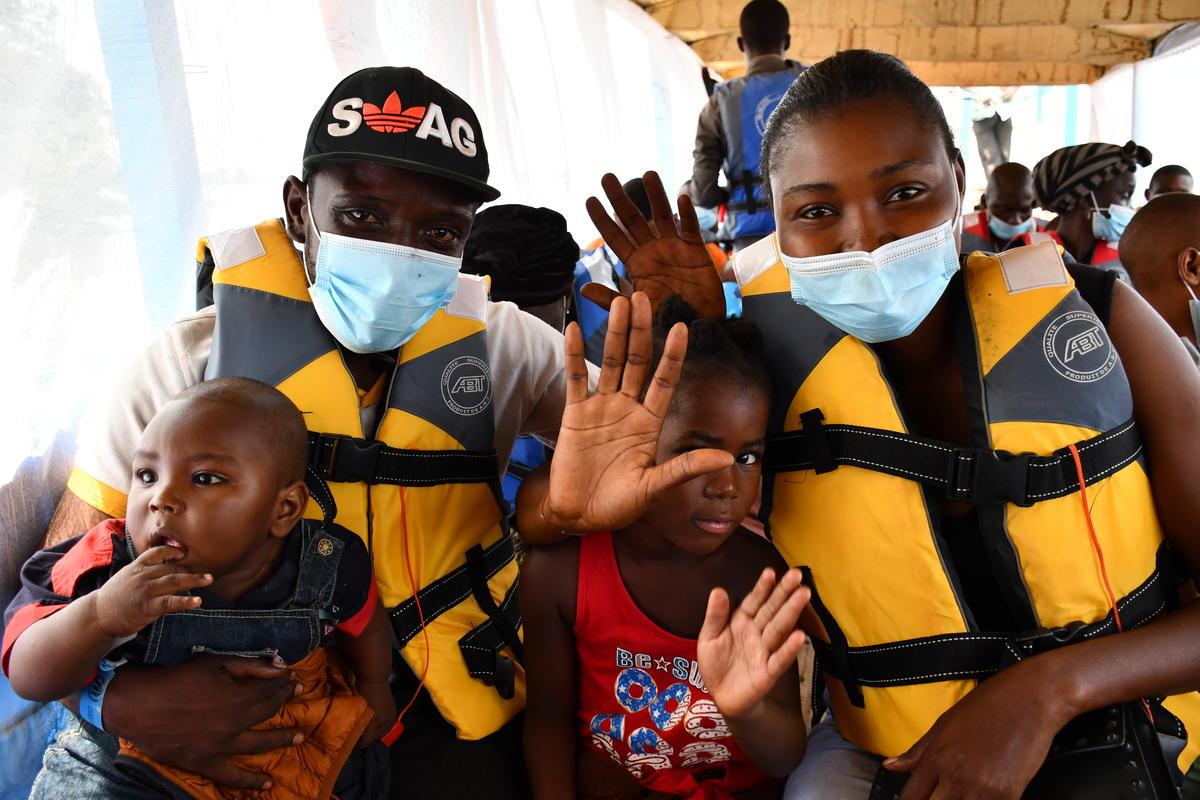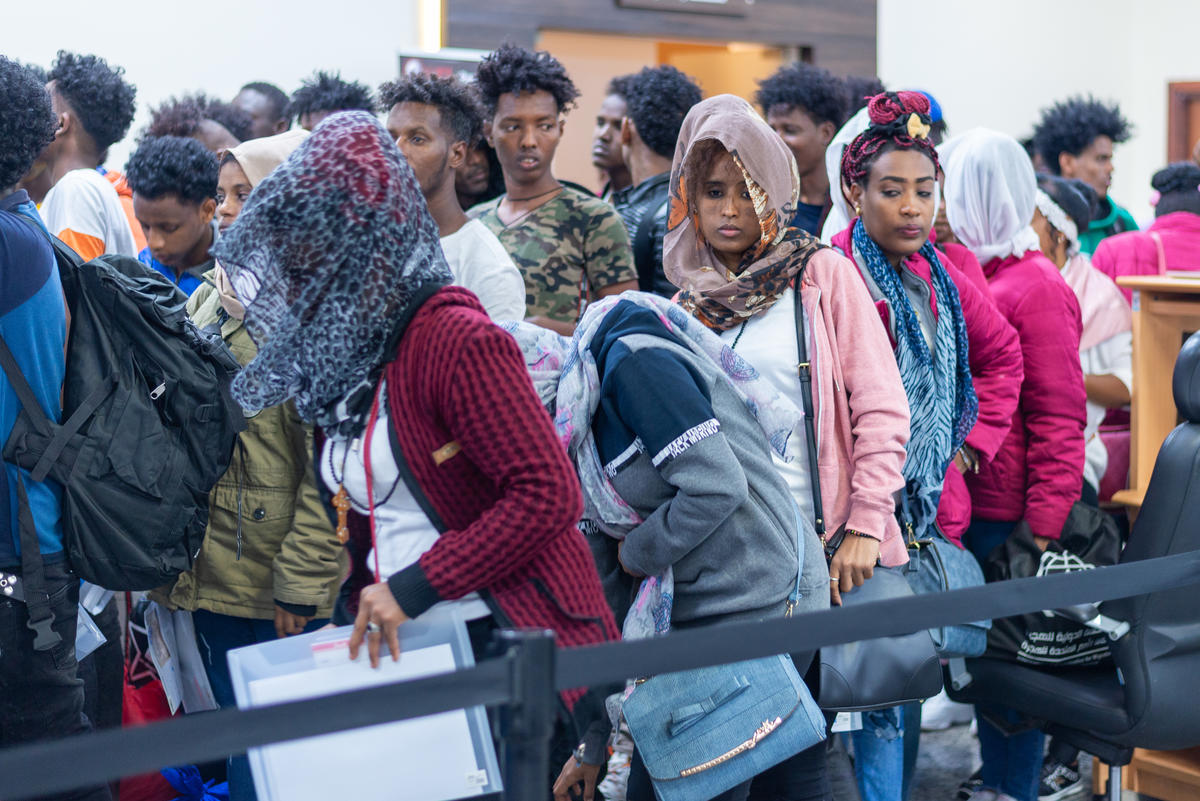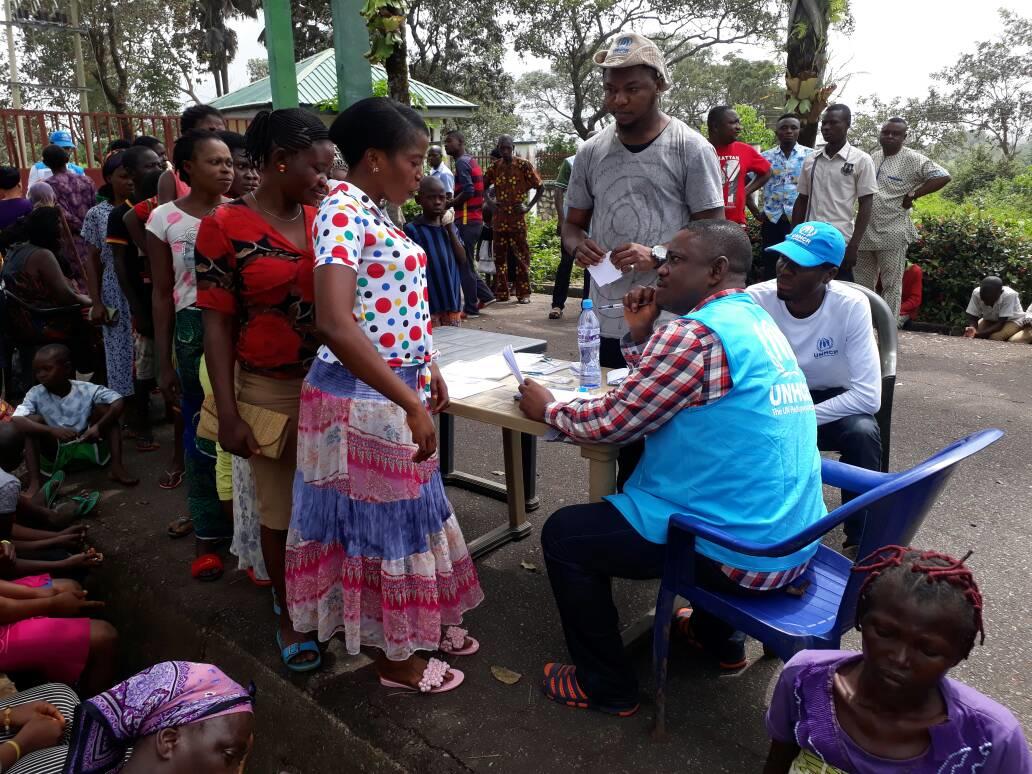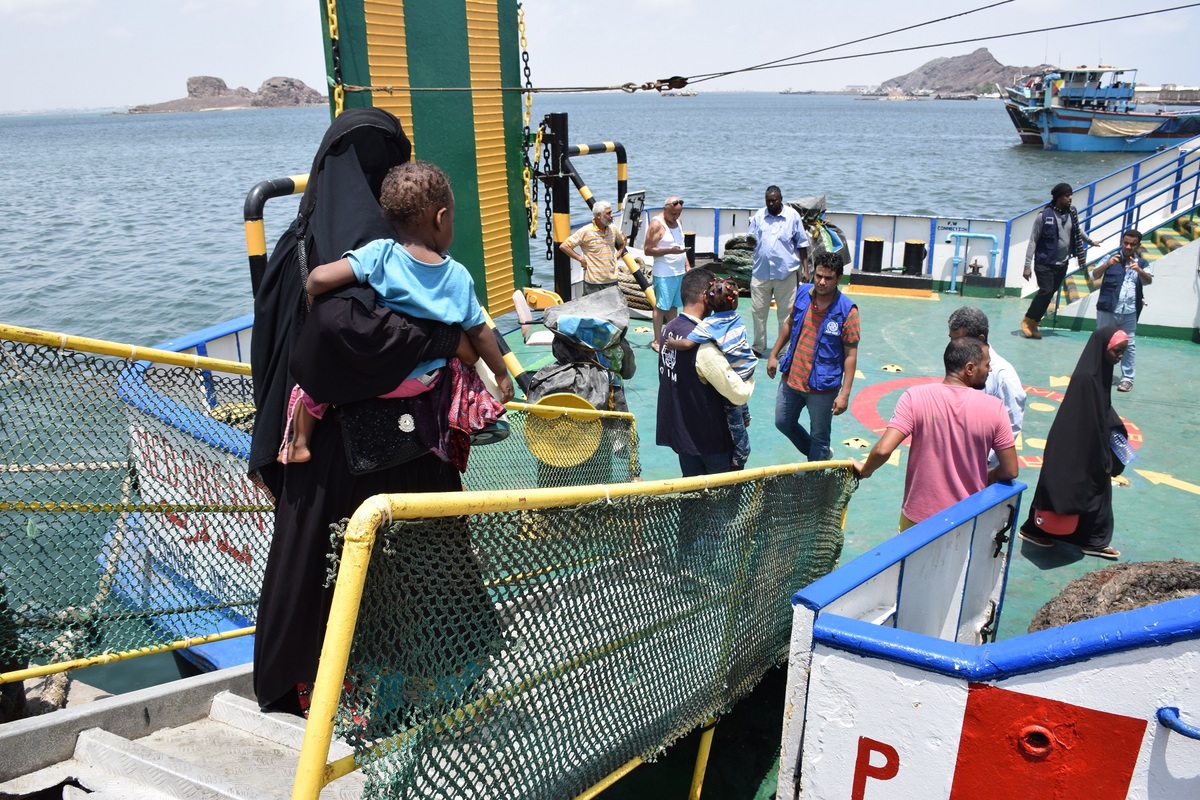Insecurity not the only obstacle to Iraq return
Insecurity not the only obstacle to Iraq return

JAHROM, Iran, June 12 (UNHCR) - Abdul Karim has been waiting eight months to go back to Iraq. Like those who have gone before him, he is fully aware of the problems back home, but is still determined to put years of exile behind him.
The 50-year-old Iraqi refugee is among hundreds of thousands of mostly Shia Muslims who had fled persecution under the late President Saddam Hussein's regime and sought refuge in Iran between the 1970s and the early 1990s. Many returned home in the second half of the 1990s.
The fall of the Baathist regime in 2003 led to another wave of returns from Iran, most of them ethnic Arabs. "Unlike the gradual nature of the influx, repatriation took place overnight," said Shokrollah Kazemifar, the director-general of Iran's Bureau of Aliens and Foreign Immigrant Affairs in Ahwaz, south-western Iran, near the Iraqi border. "Once they decided to go, they demolished their homes and took everything."
Gaitrie Ammersing, UNHCR's protection officer in Ahwaz, noted several reasons for this: "Some refugees say the security situation and job opportunities are gradually improving in southern Iraq. They also tell us it is now much easier to obtain Iraqi documents upon return."
Others say it is getting harder to survive in Iran. "Life is hard here. I work nearby but it's not always easy to find jobs," said Attaye Heidari, who has lived in south-western Iran's Bani Najjar camp for the last 16 years. "I'm hard pressed and thinking about return. I believe life will be better in Basra."
More than 18,000 Iraqi refugees in Iran have been assisted home since November 2003, mostly to areas such as Baghdad and the southern governorates. Numbers peaked in 2004, with over 12,500 returns. Some 230 have repatriated from Iran to the north and south of Iraq so far this year.
The UN refugee agency does not encourage returns to Iraq at the moment, due to the fragile security situation. But it provides some assistance to those who insist on going. This includes interviewing them to make sure return is voluntary and providing a cash grant to help them with transport and initial reintegration costs.
In some cases, complicated clearance procedures have delayed repatriation. Some 300 ethnic Arab Iraqi refugees in Jahrom camp, southern Iran, have been waiting since last year for security clearance from the Iraqi authorities before they can return. Recently, another 200 refugees in the camp expressed interest in returning to Iraq.
"I used to work in a cement factory for shelter construction," said Abdul Karim. "After I registered for repatriation, I sold all my equipment, thinking it would take one to two months. Now we're hearing that security clearance has not come. How long should we wait? My children and I have no jobs. We didn't know it would take this long."
Until recently, applications were sent to Amman in Jordan for processing in Baghdad, which took a long time. However, a new system has helped to speed up security clearance.
"A new Iraqi consul has been set up in Ahwaz, which should expedite the process instead of going through Amman and Baghdad," explained Carlos Zaccagnini, UNHCR's representative in Iran, during a recent visit to the camp. "It will cost US$25 for each family to apply for security clearance there."
Another obstacle to repatriation has been the sporadic closure of the borders at Shalamcheh and Mehran since April for security reasons.
When they finally manage to return home, the returnees will no doubt face many challenges in rebuilding their lives. But they also leave behind some problems in their host communities in Iran. In Bani Najjar camp, for example, sewage has seeped into the nearby farmland and affected the wheat fields. UNHCR has committed itself to helping repair the drainage system in the camp.
"We can't match the government in monetary contributions, but we can bring some technical expertise to lessen any negative impact of refugees' stay on local communities," said Zaccagnini.
There are an estimated 54,000 registered Iraqi refugees living in Iran today, the large majority of them living outside camps, in urban areas.
By Vivian Tan in Ahwaz, Iran







